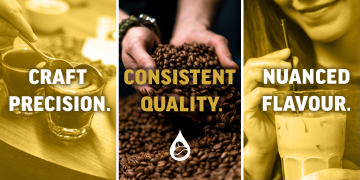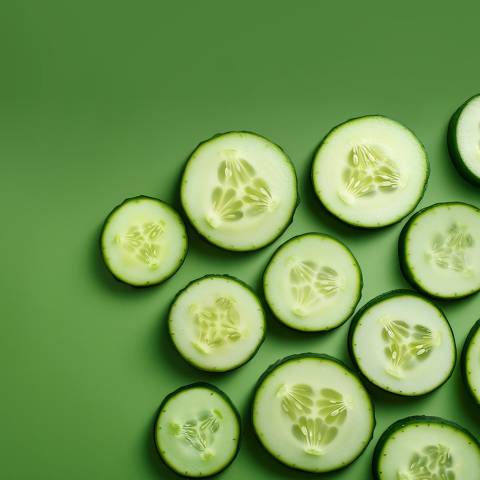Our breakthrough portfolio of brewed coffee extracts is shaking up the industry—designed for brands that demand bold flavor, consistency, and clean-label power at scale.
From rich, roasted depth to smooth, subtle notes, our all-natural extracts fuel the next generation of RTD innovation—from functional cold brews to coffee-cocktail crossovers and dairy-free indulgence. Our proprietary gentle brewing process locks in craft-quality flavor with industrial-strength reliability—no compromise.
This is coffee reimagined for a new era of hybrid drinks and health-conscious consumers. Let’s redefine what coffee can be.










